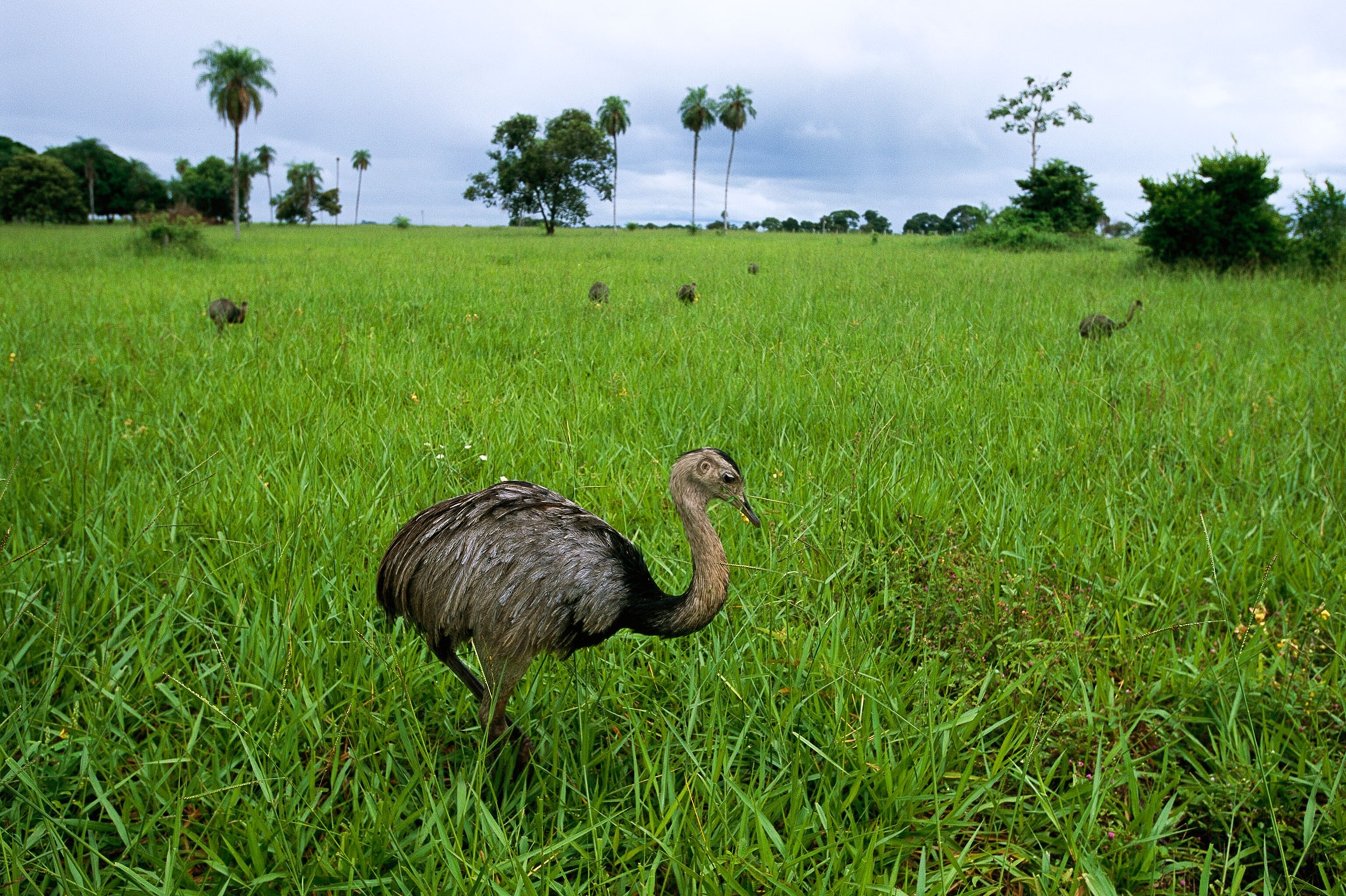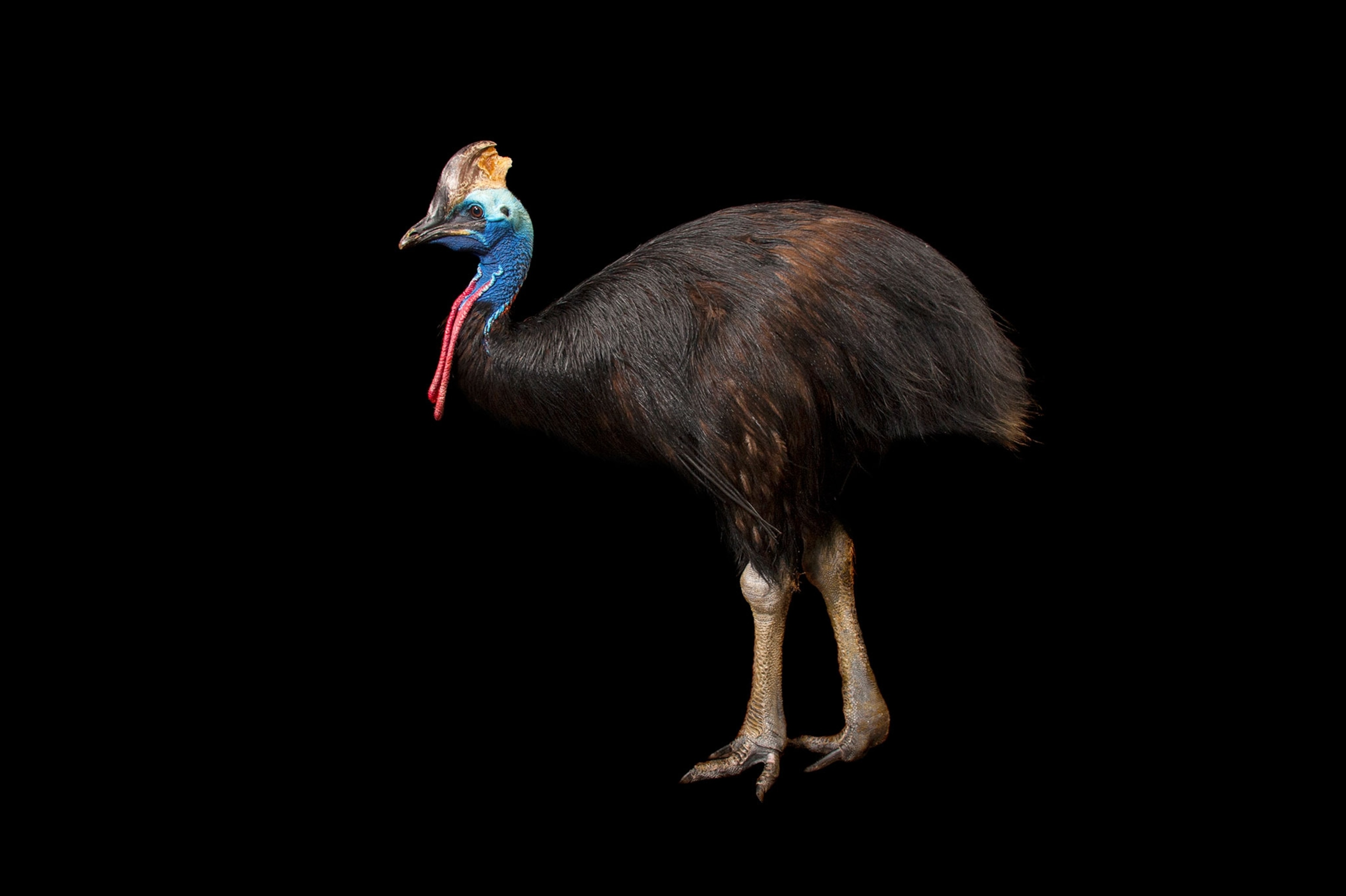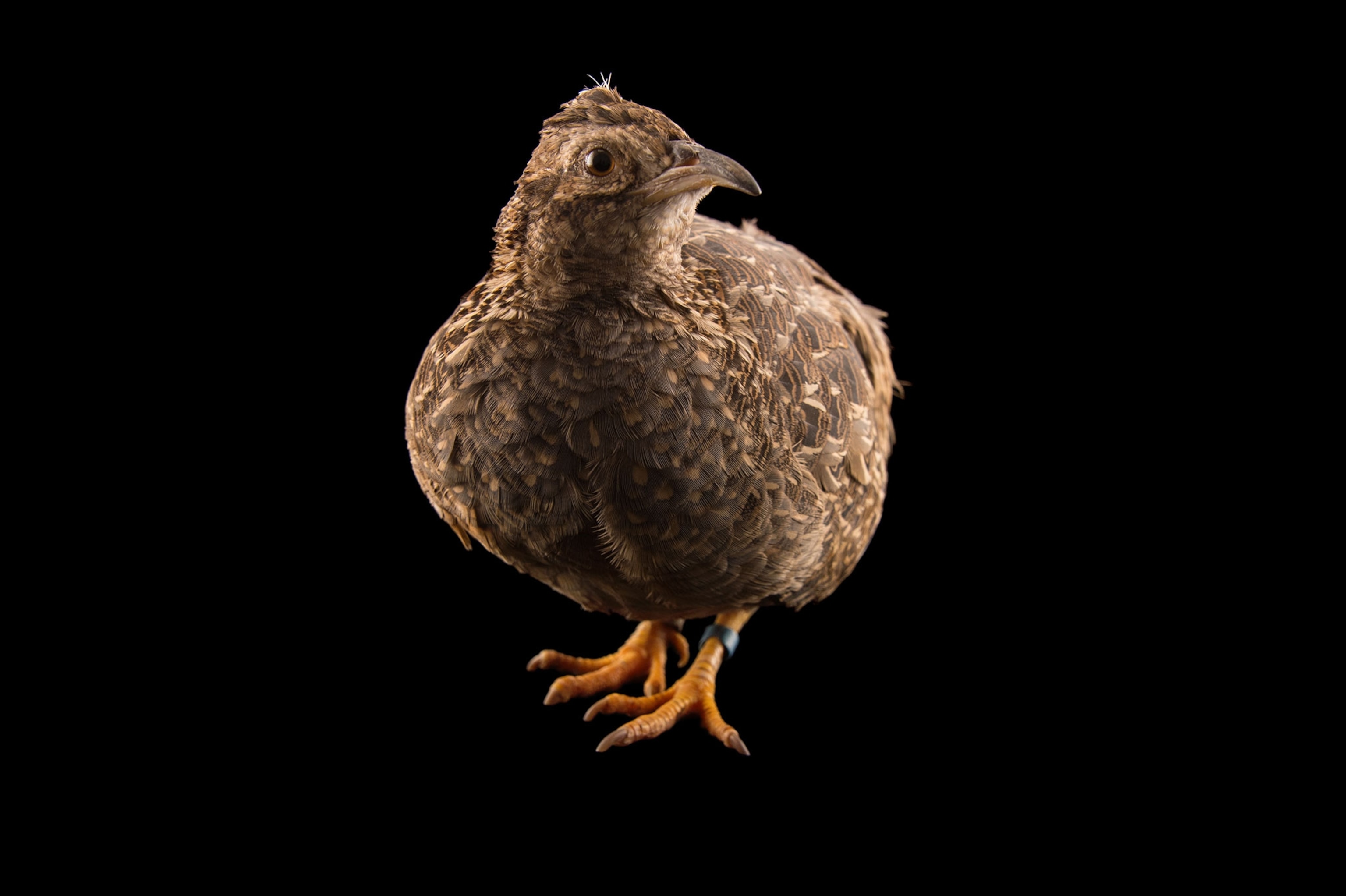
World’s Biggest Birds Are Stellar Dads and Unusual Lovers
When it comes to child care and mating, ostriches, emus, and the like are, well, odd ducks.
When Nathan Young asked “What’s the difference between an emu and an ostrich?” Weird Animal Question of the Week decided to explore the whole group to which those birds belong, the flightless ratites.
As you’ll see, these birds are odd ducks (though there isn’t a duck in the bunch).
Big Birds Don’t Fly
The ratites include African ostriches and emus, cassowaries, and kiwis, all of the South Pacific and greater and lesser rheas of South America.
All ratites lack a keel, or an extension of the breastbone where flight muscles attach, says Rebecca Kimball, an evolutionary biologist at the University of Florida.
(Related: "Why Fly? Flightless Bird Mystery Solved, Say Evolutionary Scientists")
Kimball was co-author on a 2008 study showing that ratites likely lost the ability to fly independently of one another, rather than losing flight much earlier and getting to their diverse locations via continental drift, as previously thought.

Flight is a great way to avoid predators, but it's "energetically expensive," Kimball says. So ratites rely on another survival strategy: getting really big so fewer things can eat them.
The largest living bird is the ostrich, a powerful runner that reaches lengths of seven to nine feet (two to three meters). Emus are a stately five to six feet (one to two meters) long, and cassowaries and greater rheas aren’t far behind.
The tiny kiwi, though is just 18 inches (45 centimeters)—probably because it evolved in New Zealand with no native land predators.
Fathers Care for Chicks
In many ratites, males are responsible for child care.
“Only males take care of the chicks and incubate the eggs in all ratites except for ostriches and kiwi,” whose females also care for their young, says Patricia Brennan, a biologist at the University of Massachusetts at Amherst.
In many bird species, both parents raise the young, “while primary male care is rare,” Brennan says. (See pictures of all-star animal dads.)
But in all ratites aside from ostriches, only the male cares for the offspring. In ostriches, each male has a primary female who takes turns incubating eggs with him, even though other females will lay eggs, potentially from different males, in the same nest.

So the "idea that males really need to be sure of their paternity before they will provide care is not necessarily a universal thing,” says Brennan, who has studied this behavior in a ratite relative, South America's great tinamou.
Additionally, having many eggs in a nest is advantageous because “a predator can’t steal all of them, so some of your eggs might survive,” Brennan says.
So by taking on the protection and incubation of what may be another male's offspring, the guardian male is protecting his own.
Speaking of eggs, kiwi eggs are relatively huge: up to a fifth of the female's three-pound (one-kilogram) body weight. That would be like a 130-pound (59-kilogram) woman giving birth to a 26-pound (12-kilogram) baby.
The upside, Kimball says, is that chicks emerge from the egg already able to care for themselves.
Male Anatomy
Ratites and tinamous are among the scant 3 percent of birds in which males have penises. (See "Why Human Penises Lost Their Spines.")
Birds are weird because their penises are powered with a bodily fluid called lymph rather than blood, says Brennan.
For instance, ostriches have “really dense, collagenous penises" that males push out of their body cavity to mate, says Brennan, who led a study on this lymph-powered system in ostriches.
Brennan began researching avian male anatomy after seeing tinamous mate in the wild and realizing the male had a penis, rare in birds, and which she initially mistook for a parasite. (Read more about Brennan’s research in ducks with ballistic penises and corkscrew vaginas.)

Why other groups of birds lost their penises is unknown, but “birds are the only group of animals where this has happened,” Brennan says.
So that’s why all the angry birds.
Weird Animal Question of the Week answers your questions every Saturday. If you have a question about the weird and wild animal world, tweet me, leave me a note or photo in the comments below, or find me on Facebook.





